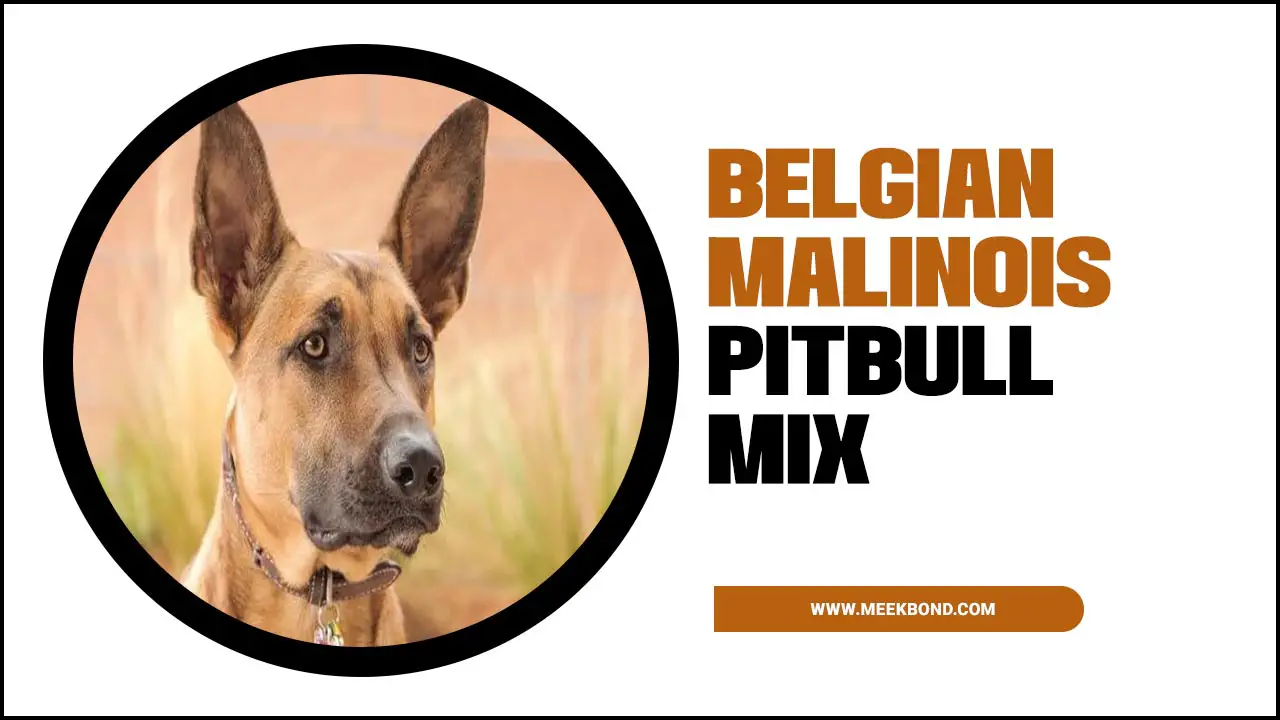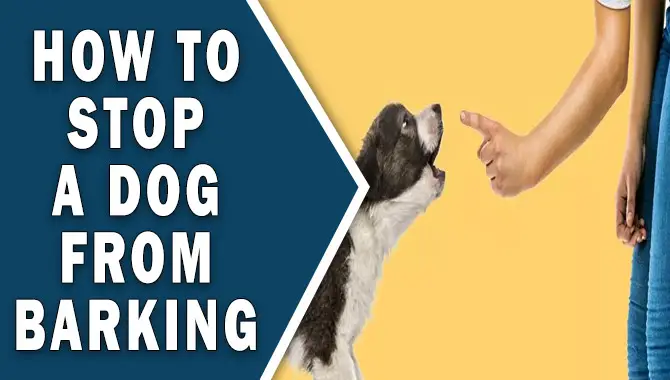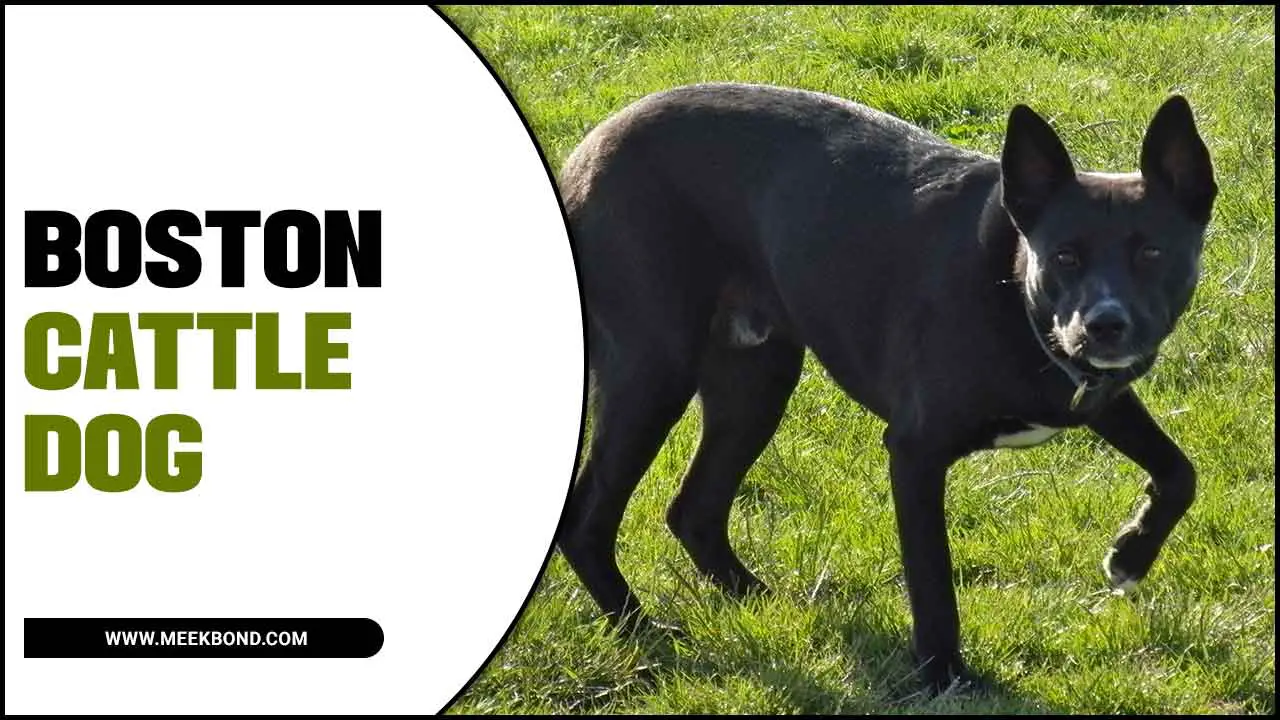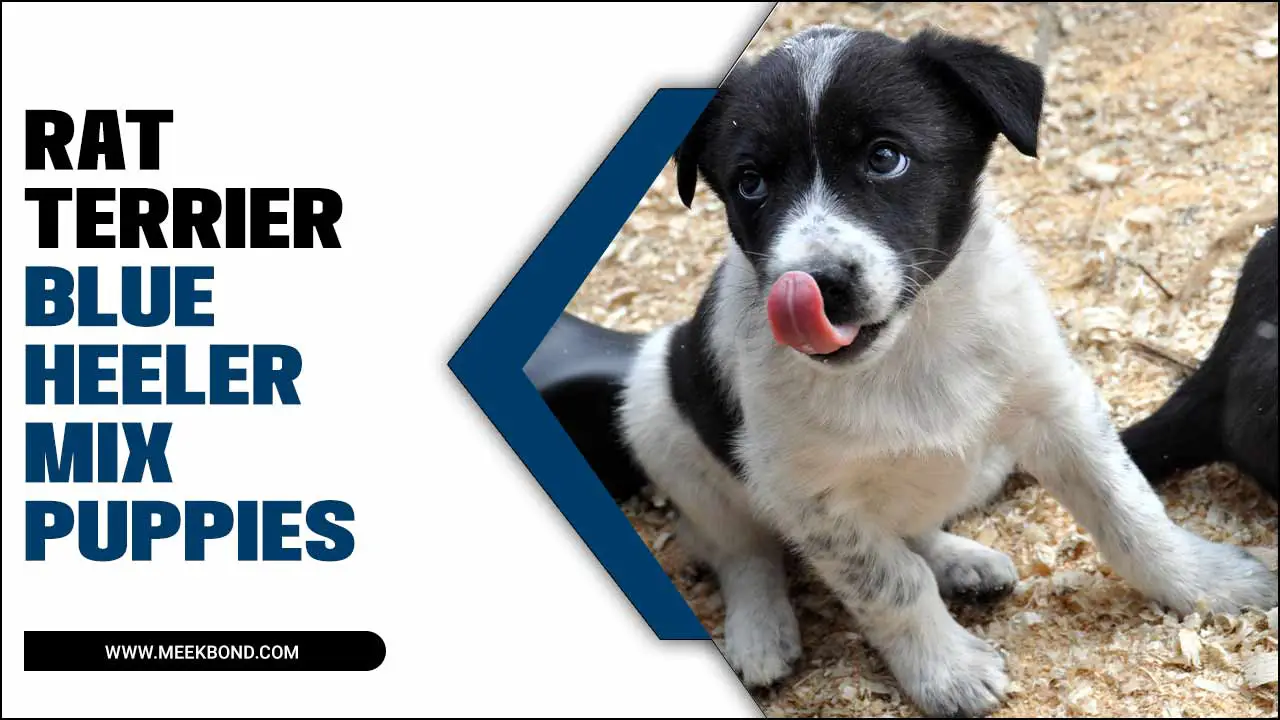As a dog owner, keeping your furry friend healthy and happy is your top priority. But one of the most common problems that dogs face is flea infestations. Flea dirt, or faeces, is a telltale sign that your pup has fleas.
Flea dirt, the excrement of fleas on animals such as dogs and cats, appears as small black specks and is digested blood. It is important to recognize flea dirt as it can aid in effective flea control and prevent infestations.
To identify flea dirt, brush your pet’s fur with a fine-tooth comb and place the debris on white paper. Flea dirt will appear as small black specks that turn red when wetted with water due to the presence of blood if you notice flea dirt on your pet or home.
Here we will explain pictures of flea dirt on dogs and share tips on removing it from your dog’s coat and treating your home for flea dirt. Please keep reading to become an expert in recognizing flea dirt and how it improves flea control.
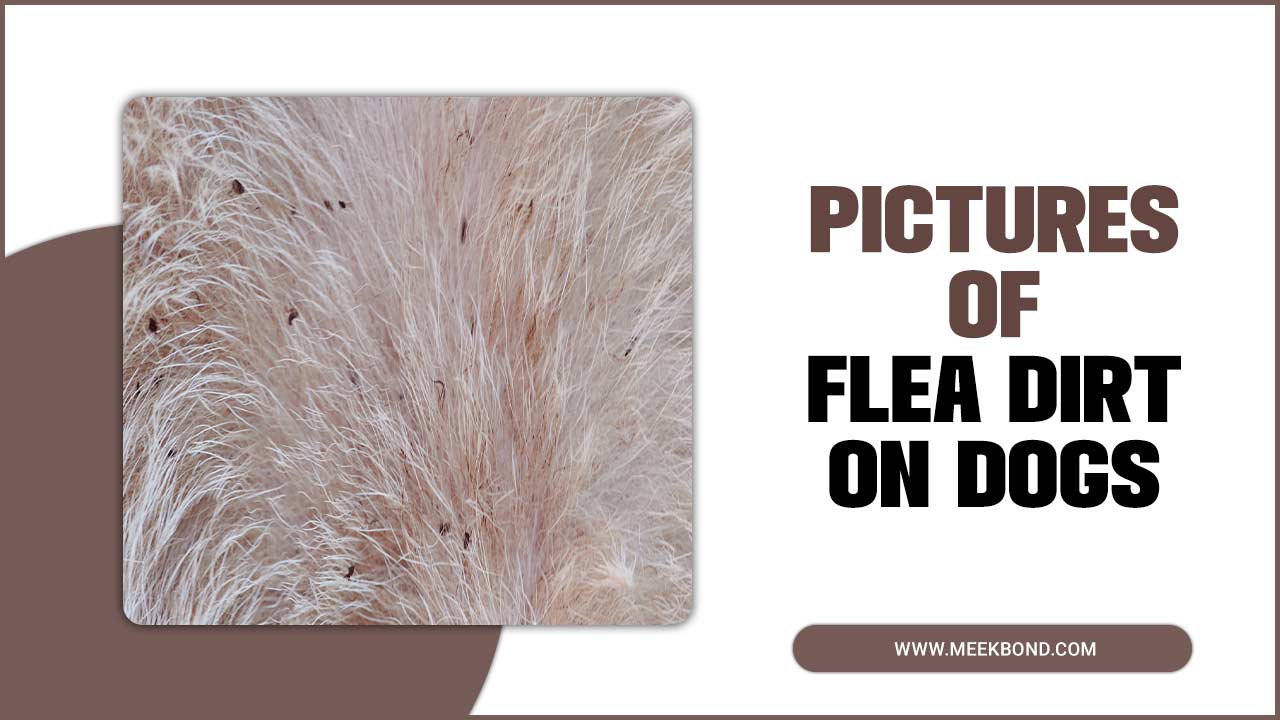
Pictures Of Flea Dirt On Dogs Explained

Recognizing pictures of flea dirt on dogs is crucial for effective flea control in identifying flea infestations and understanding the impact of these parasites on our furry friends. Flea dirt, which appears as small black specks on a dog’s coat, is faeces of digested blood.
Recognizing and properly identifying flea dirt can help prevent potential diseases and discomfort for our beloved pets. Pictures of flea dirt provide a valuable visual guide for identification, allowing us to take swift action and implement a thorough flea protocol.
We can effectively combat an invasion of these nasties by regularly checking our pets for signs of flea dirt and using a small fine-toothed comb to spot these little buggers. Understanding the life cycle and behavior of fleas, along with using good non-irritating shampoo and strict flea control measures, can help maintain a healthier environment for our pets and ourselves.
Identifying Flea Dirt On Dogs: What To Look For?
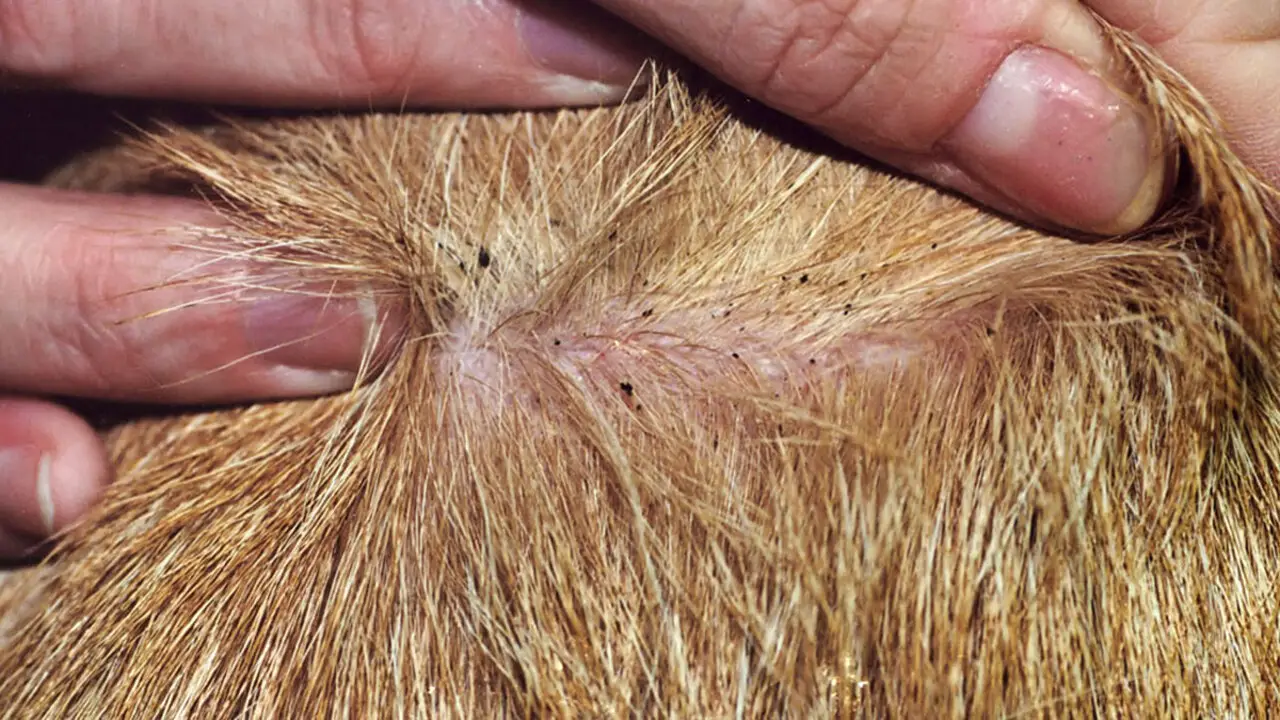
Identifying flea dirt on dogs can help determine if your furry friend has a flea infestation. Here are some ways to identify flea dirt on dogs. If you suspect your dog has fleas, it is important to take action promptly to prevent further infestation and discomfort for your pet. Consult with your veterinarian for advice on treatment options and preventative measures.
- Look for small black specks on your dog’s fur. These specks may resemble grains of sand or pepper.
- Use a flea comb to brush through your dog’s fur, paying close attention to areas like the neck, back, and tail. Flea dirt may appear as tiny black flakes or dots on the comb.
- Gently rub their fur with a white paper towel or cloth underneath your dog. If you see small reddish-brown stains or smears on the cloth, it could be flea dirt mixed with blood.
- Wet the black specks with a little water. It is likely flea dirt if they turn reddish-brown and leave behind a rusty color.
Signs Of Flea Dirt On Dogs

When identifying signs of flea dirt on dogs, there are a few key things to look out for. If you suspect your dog has fleas, it’s important to take action quickly to prevent further infestation and discomfort for your furry friend. Consult your veterinarian for appropriate treatment options and steps to eliminate fleas from your dog and home.
- Small black specks on your dog’s fur or skin. These specks may resemble grains of black pepper and are dried blood left behind by fleas.
- Redness, itching, or irritation. If your dog is constantly scratching, biting, or licking at certain areas of their body, it could be a sign that they have fleas.
- Flea eggs or larvae. Flea dirt often contains flea eggs or larvae, which can be seen as tiny white or translucent specks.
The Dangers Of Flea Dirt On Dogs
Flea dirt on dogs is an indication of adult fleas present in their environment. These small black specks, resembling pepper flakes or dirt, may be found near the base of the tail or on the belly. While it may seem harmless, flea infestations can lead to a range of health problems for your furry friend. Dogs can develop skin infections and experience intense itching due to allergic reactions caused by flea dirt.
These infestations can result in anaemia or tapeworm infection if left untreated. That’s why it is crucial to promptly remove flea dirt from your dog’s coat to prevent further complications. By doing so, you can protect your canine companion from the dangers associated with these pesky parasites.
How To Remove Flea Dirt From Your Dog’s Coat?
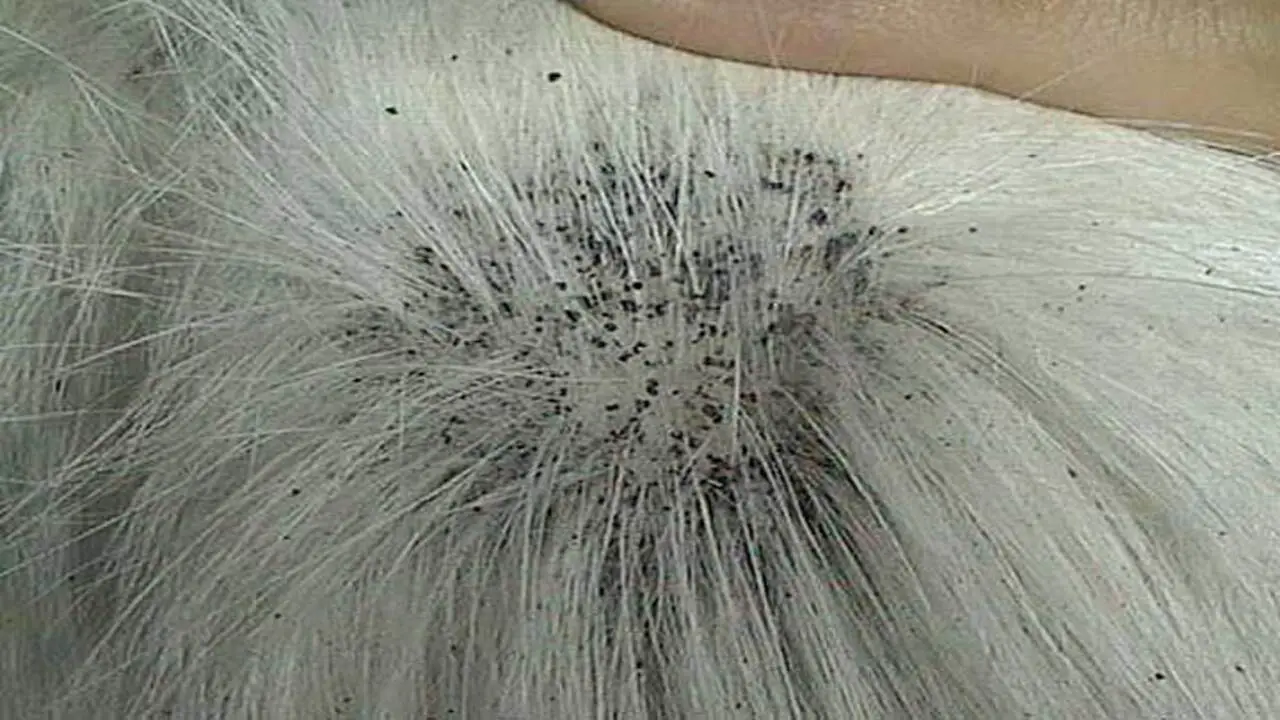
Removing flea dirt from your dog’s coat is important in managing a flea infestation. Here are some steps to help you effectively remove flea dirt. Following these steps, you can effectively remove flea dirt from your dog’s coat and help keep them comfortable and free from fleas. Remember to consult with your veterinarian if you have any concerns or if the infestation persists.
- Start thoroughly combing your dog’s fur with a fine-toothed flea comb. This will help remove adult fleas and flea dirt from the coat.
- After combing, fill a basin or sink with warm water and add a gentle pet shampoo. Gently lather your dog’s coat, paying close attention to areas where flea dirt is most visible.
- Rinse your dog thoroughly with warm water to remove all traces of shampoo.
- Once your dog is rinsed, use a towel to pat them dry gently. Be sure to remove as much moisture as possible from the coat.
- After drying, comb your dog’s coat again with the flea comb to check for any remaining fleas or flea dirt. Repeat the bathing and combing process until all signs of fleas and flea dirt are gone.
- Finally, treat your dog with a veterinarian-recommended flea prevention product to prevent future infestations. Follow the instructions on the product label carefully to ensure its effectiveness.
How To Treat Your Home For Flea Dirt
When you discover flea dirt in your home, it’s important to eliminate the infestation and prevent further spread immediately. Here are some steps to help you treat your home for flea dirt. By taking these steps and being diligent with your flea control efforts, you can effectively treat your home for flea dirt and prevent future infestations.
- Vacuum regularly: Vacuuming your carpets, furniture, and other areas where fleas may be hiding can help to remove flea dirt and eggs. Be sure to empty the vacuum bag or canister outside to prevent re-infestation.
- Wash bedding and linens: Fleas and their eggs can hide in bedding, so washing these items in hot water is important to kill any fleas or eggs that may be present.
- Use flea sprays or foggers: Many flea sprays and foggers are designed to kill fleas and their eggs. Follow the instructions carefully when using these products to ensure maximum effectiveness.
- Treat pets with flea prevention products: Treating your pets with flea prevention products, such as topical treatments or oral medications, can help to prevent fleas from returning to your home.
- Consult a professional: If you have a severe flea infestation or if your efforts to treat the infestation on your own are unsuccessful, it may be necessary to consult a professional pest control company for assistance. They can provide targeted treatments that effectively eliminate fleas from your home.
Preventing Flea Dirt On Dogs
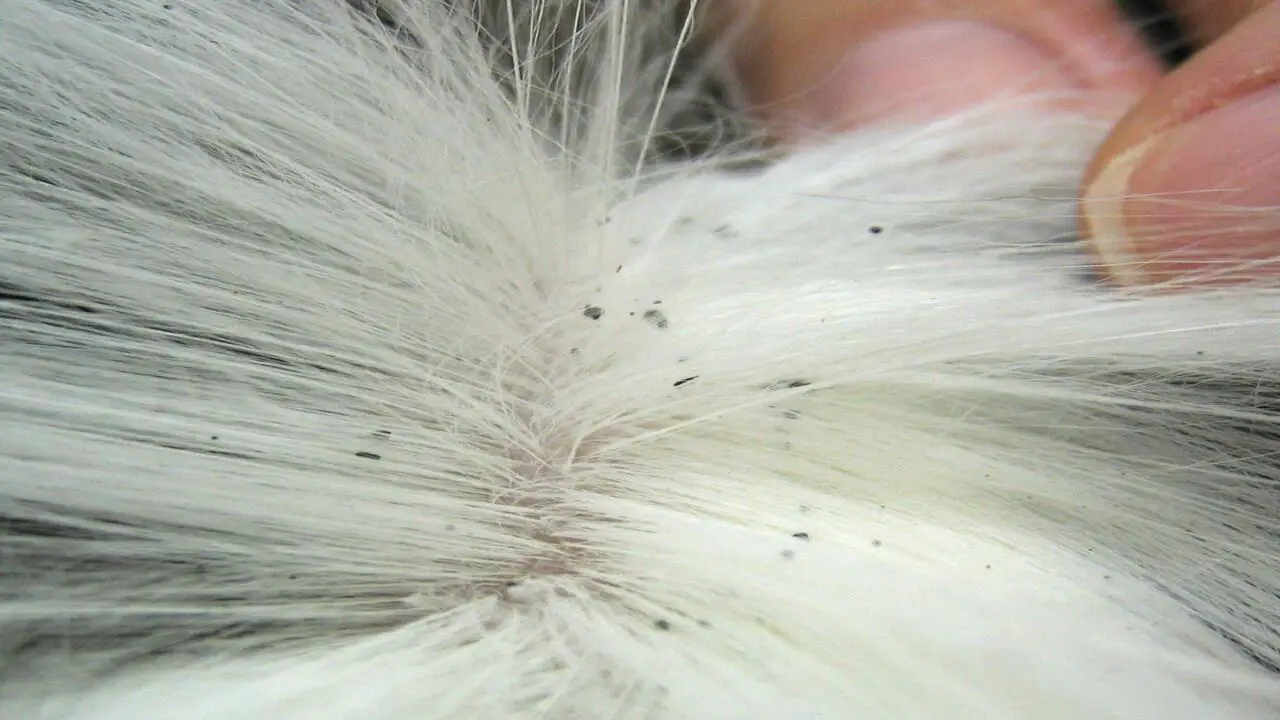
Preventing flea dirt on dogs is important to keep your furry friend healthy and comfortable. Here are some tips to help prevent flea dirt on dogs. Following these tips can help prevent flea dirt on dogs and keep them happy and healthy.
- Regularly groom your dog: Brushing your dog’s coat regularly can help remove any fleas or flea dirt that may be present. It also helps to keep their coat clean and healthy.
- Use flea prevention products: There are many flea prevention products available, such as topical treatments, collars, and oral medications. Consult with your veterinarian to determine which product is best for your dog.
- Keep your home clean: Vacuuming and washing your dog’s bedding regularly can help eliminate any fleas or eggs hiding in your home.
- Avoid areas with high flea populations: If possible, avoid areas where fleas are known to be prevalent, such as wooded areas or places with tall grass.
- Regularly check your dog for signs of fleas: Look out for itching, scratching, or red bumps on your dog’s skin. These could be signs of a flea infestation.
Conclusion
Recognizing pictures of flea dirt on dogs is crucial for effective flea control. By identifying the signs and understanding the dangers of flea dirt, you can take the necessary steps to remove it from your dog’s coat and treat your home to prevent further infestations.
Remember, flea dirt is a strong indicator of flea presence, even if you can’t spot the fleas themselves. You can keep your furry friend safe and healthy by staying vigilant and proactive in your flea control efforts. So, keep an eye out for flea dirt and take action promptly to ensure a comfortable and pest-free environment for your beloved pet.
Frequently Asked Questions
Is Flea Dirt On Dong Dangerous?
Flea dirt on dogs is not dangerous in itself. It is flea feces, indicating a possible flea infestation. Fleas can cause skin irritation and infections and transmit diseases. If you suspect fleas or flea dirt on your dog, consult a veterinarian for proper treatment.
What Does Flea Dirt Look Like On A Dog?
Flea dirt on dogs appears as small black or brown specks on their skin and fur. When wet, it may turn red due to the blood ingested by fleas. Typically found around the neck, tail, and groin area, you can check for flea dirt using a flea comb if you suspect your dog has fleas.
Does Flea Dirt Mean An Infestation?
Flea dirt on your dog is a sign of flea activity. While a small amount may not mean an infestation, it’s important to take action. Regular prevention and treatment can help prevent fleas and flea dirt from becoming a bigger problem.
Can My Dog Have Flea Dirt But No Fleas?
Yes, dogs can have flea dirt even if there are no visible fleas. Flea dirt is a sign that fleas are present on the dog or in the environment. Dogs can ingest flea dirt while grooming themselves, leading to health problems.
Is It Possible To Get Flea Dirt But No Fleas?
Yes, it is possible to find flea dirt on your dog even if you don’t see any live fleas. Flea dirt is flea feces, appearing as dark specks on your dog’s skin or fur. If you spot flea dirt, it indicates the presence of fleas, and immediate action should be taken to eliminate them.

Aquarium passion is all about connecting with the aquatic life and providing education to the public on the importance of these creatures. We showcase a wide variety of marine life through our exhibits as well as working with schools to provide unique learning opportunities for students of all ages.

